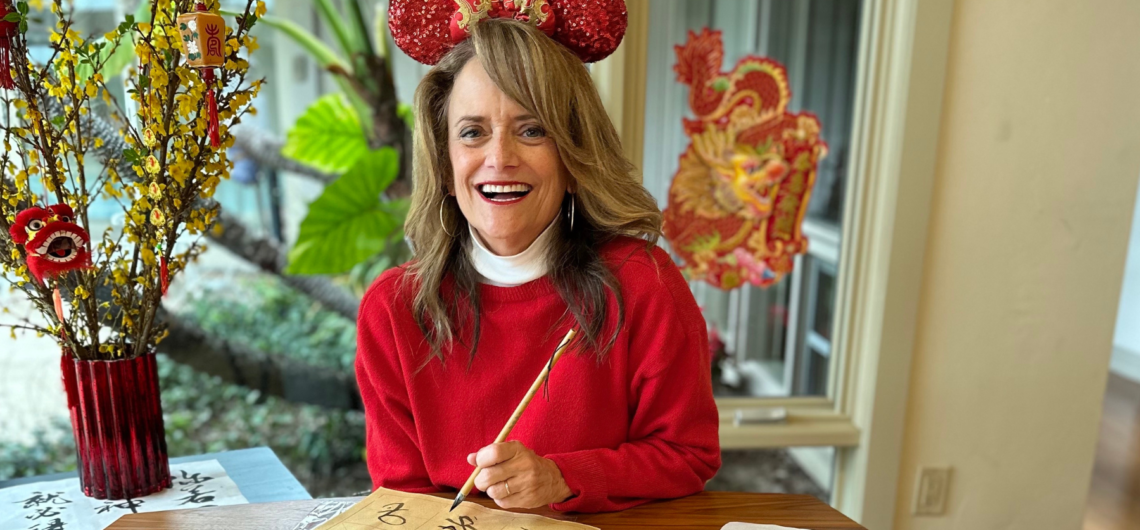Taiwan is the size of Indiana, with a population of almost 24 million people. The island is located roughly 100 miles southeast of China. Although an independent country since 1949’s political strife with the Chinese Communist Party, China still claims Taiwan as one of it’s provinces. Despite the contentious relationship between these countries, their traditions, language and cuisine are similar. It’s attitudes and values are what differ. Taiwan’s democratically-elected president is a female — Tsai Ing-wen. Under her leadership, Taiwan was the first Asian country to legalize same-sex marriage in 2019. Taiwan has forged its own currency, passport, flag and military. One centuries-old tradition remains the same in both countries — the art form of calligraphy. Literally meaning “beautiful writing,” the brush strokes are ranked alongside poetry as a form of self-expression. While calligraphy is rarely practiced by the younger generation, it is still an integral tradition and kept alive by their parents and grandparents. How one writes calligraphy is as important as what one writes. This became evident to me when I recently took classes. Calligraphy classes are taught within Asian diaspora’s around the world. Education and outreach programs offer hands-on workshops at local libraries, churches and museums. Here are a few tips on how you can learn the fine art of Taiwanese calligraphy. Find a Local Class I had the absolute honor of meeting Tang Hao, an 87-year old calligraphy master living in San Diego. Hao learned the art as a young boy in China and has spent a lifetime perfecting his craft. He teaches calligraphy at the San Diego Chinese Mandarin Church. Hoa demonstrated how calligraphy strokes are as unique from person-to-person as is penmanship. Some are more beautiful than others. Through practice you create your own style. Hao paints the characters, adding his own feeling.
Taiwan is the size of Indiana, with a population of almost 24 million people. The island is located roughly 100 miles southeast of China. Although an independent country since 1949’s political strife with the Chinese Communist Party, China still claims Taiwan as one of it’s provinces. Despite the contentious relationship between these countries, their traditions,


